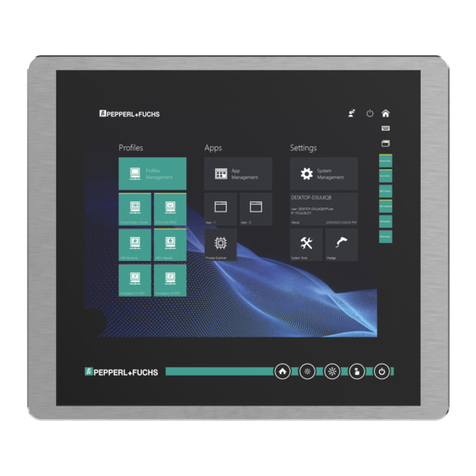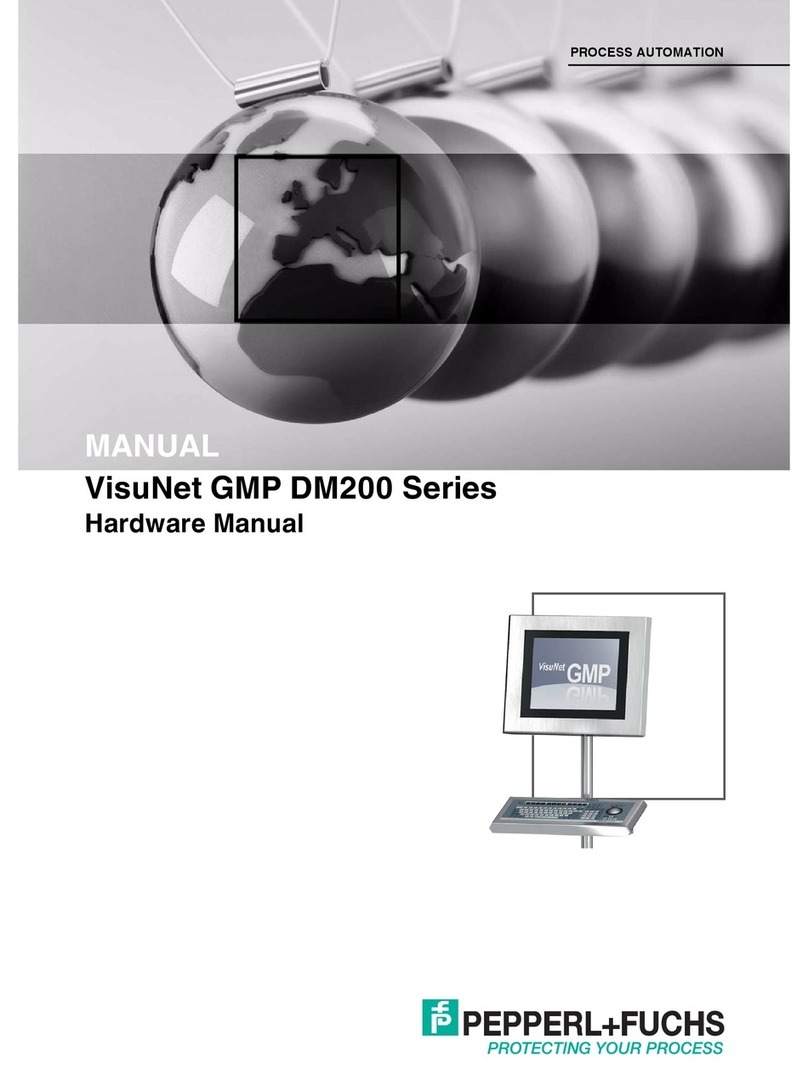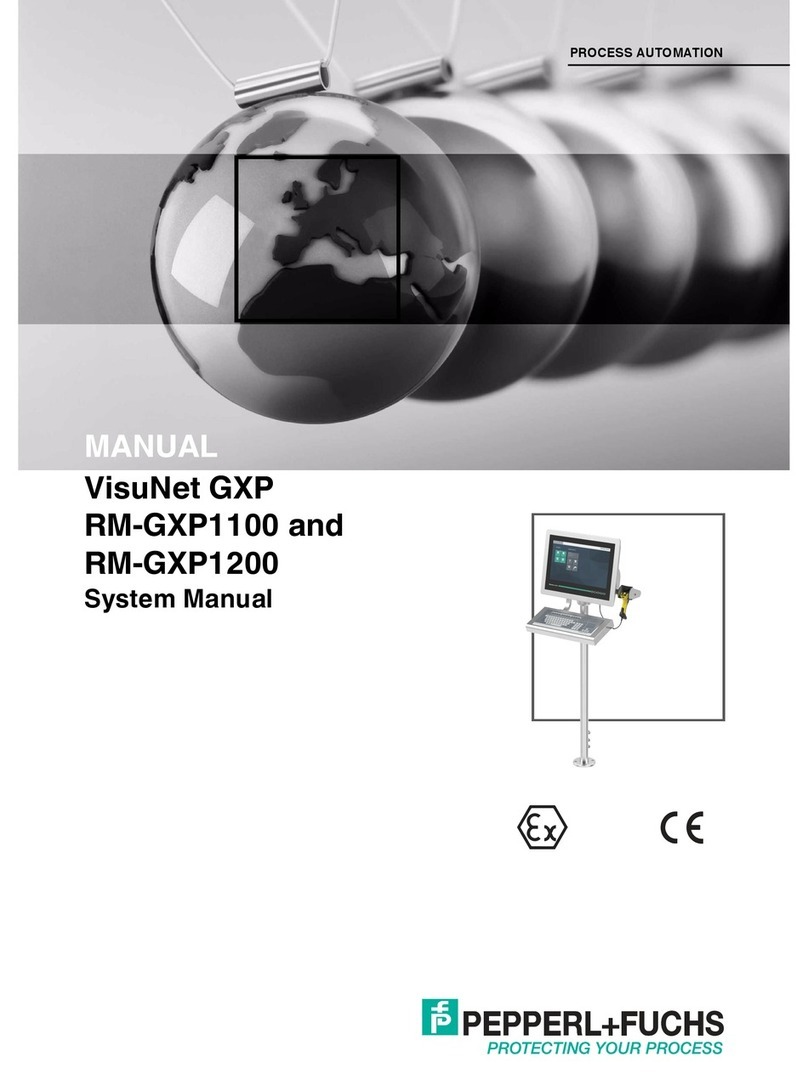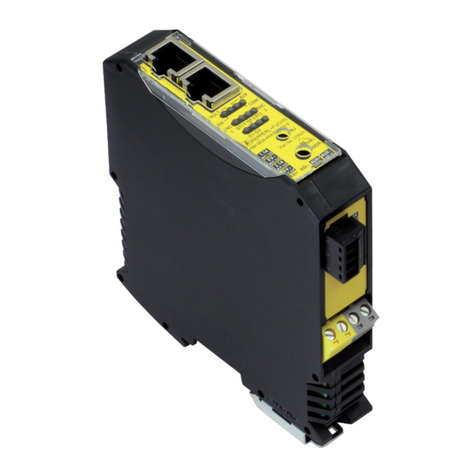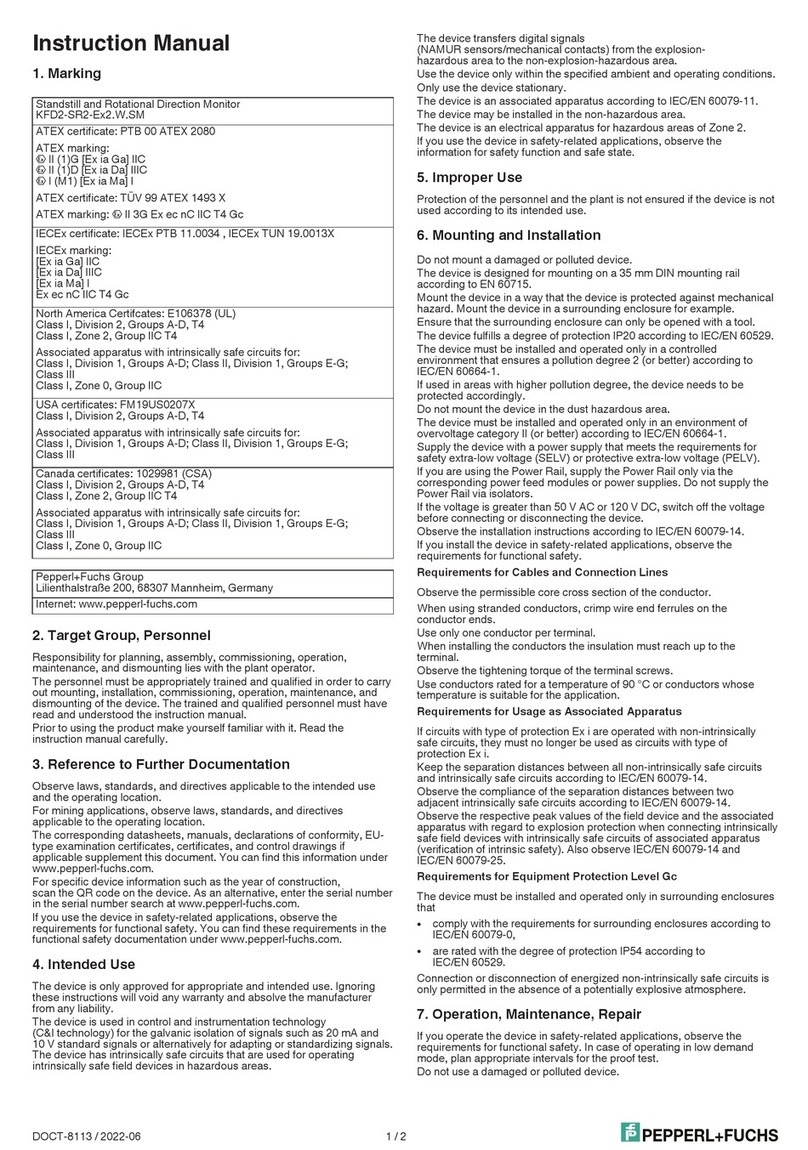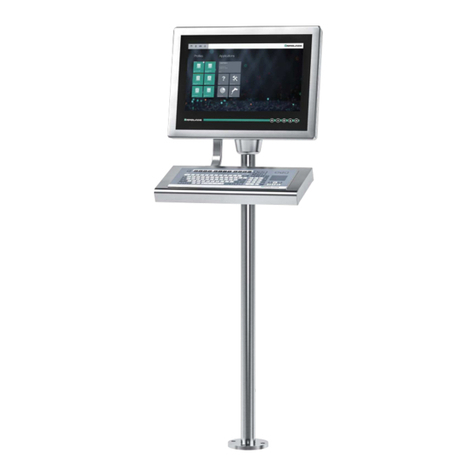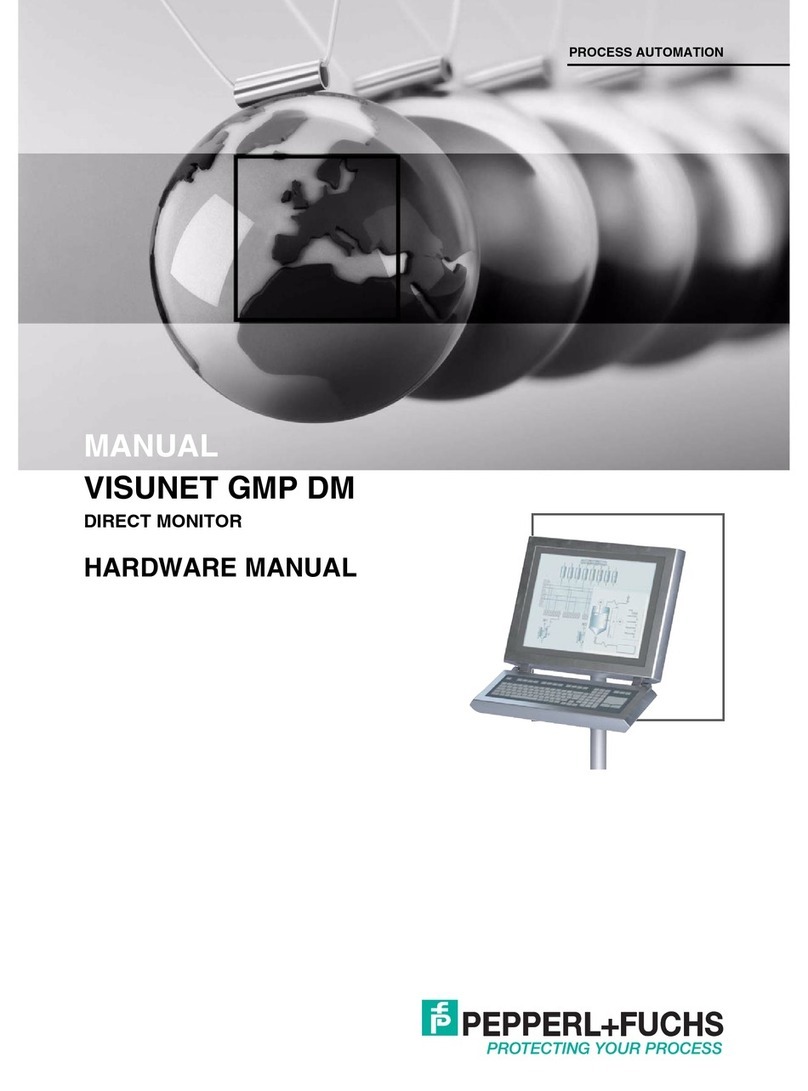
IX34510a_e.doc / Apr-11 Page 3 / 43
Table of Contents
1. Terminal Assignment ..................................................................................................... 4
1.1. Power Supply................................................................................................................................5
1.2. Aux. Voltage Output .....................................................................................................................5
1.3. Control Inputs A, B and C .............................................................................................................5
1.4. Adjustable Analogue Output .......................................................................................................6
2. How to Operate the Front Keys...................................................................................... 8
2.1. Normal display state ....................................................................................................................8
2.2. Selection and Setting of Parameters...........................................................................................9
2.3. Teach operation..........................................................................................................................10
2.4. Set all parameters to “Default“ .................................................................................................10
2.5. Code Locking of the Keypad.......................................................................................................10
3. The Operator Menu.......................................................................................................11
3.1. Overview of Basic Parameters ...................................................................................................11
3.2. Overview of Operational Parameters.........................................................................................12
4. Setup Procedure............................................................................................................13
4.1. Basic Parameters........................................................................................................................13
4.2. Operational Parameters..............................................................................................................15
4.3. Additional Parameters for the Analogue Output ......................................................................18
5. Hints for Application .....................................................................................................26
5.1. Master and Slave Operation ......................................................................................................26
5.2. Evaluation of Encoder Bits .........................................................................................................27
5.3. Scaling of the Display.................................................................................................................28
5.4. Basic Modes of Operation..........................................................................................................29
5.5. Testing Functions........................................................................................................................33
5.6. Error Messages...........................................................................................................................33
6. Special Functions..........................................................................................................34
6.1. Linearization ...............................................................................................................................34
6.2. Manual Input or „Teaching“ of the Interpolation Points ...........................................................36
7. Technical Appendix.......................................................................................................38
7.1. Dimensions .................................................................................................................................38
7.2. Technical Specifications.............................................................................................................39
7.3. Parameter-List ............................................................................................................................40
7.4. Commissioning Form ..................................................................................................................42
DA6-SSI/A-U
